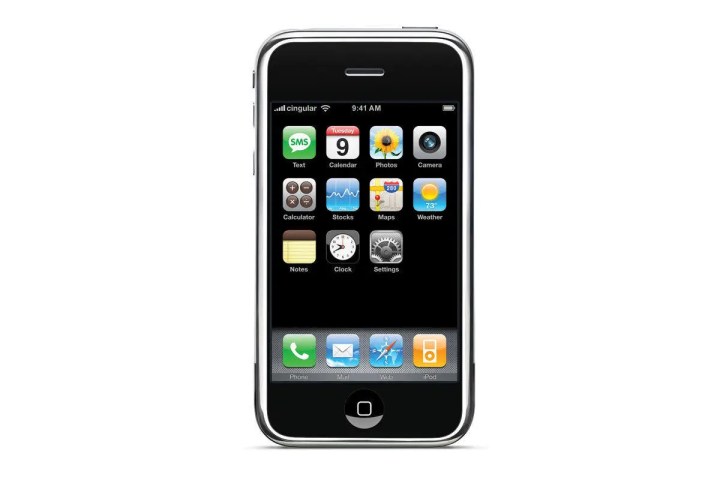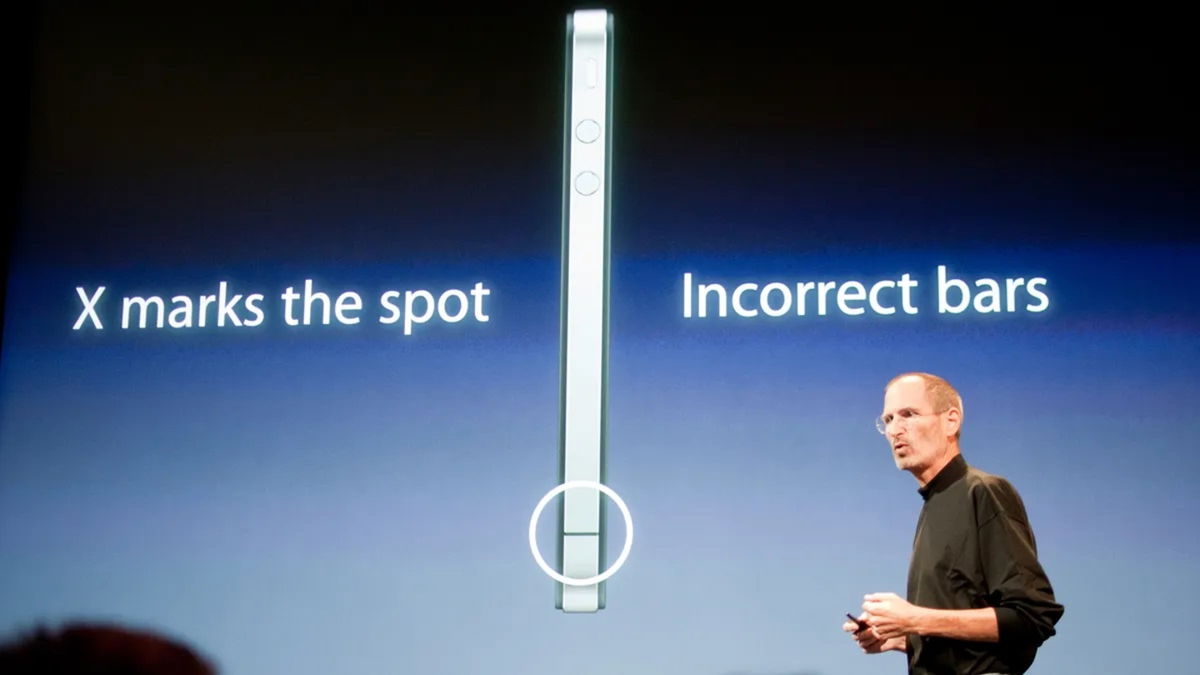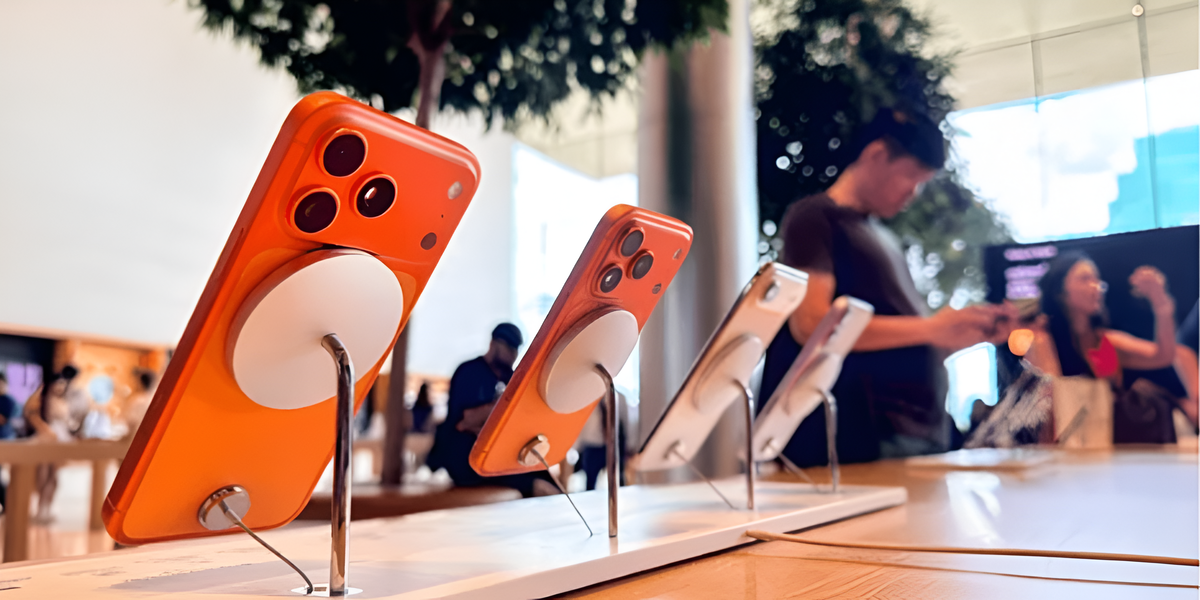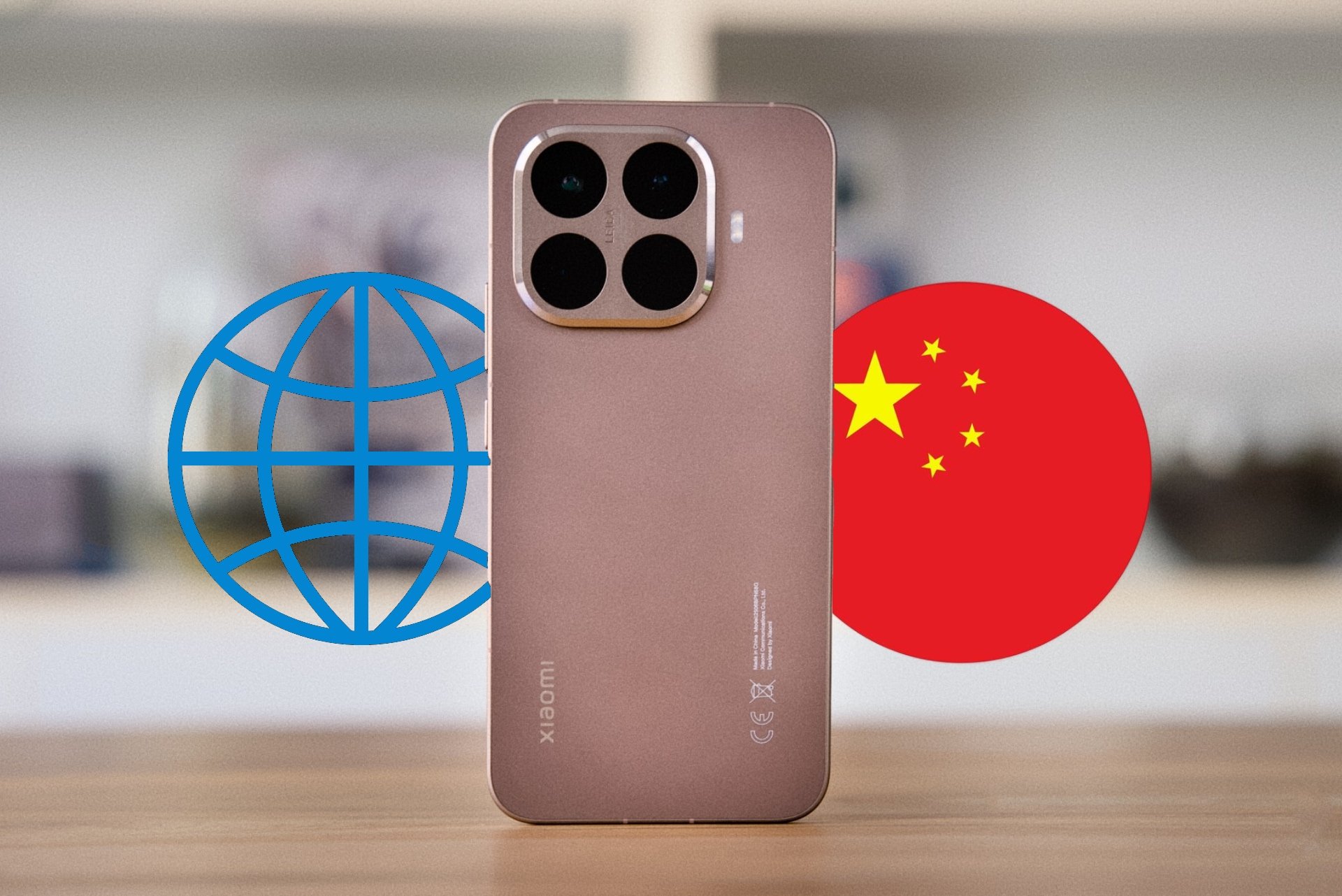Mobile devices have evolved from simple means of communication into true cultural symbols that shape the way we interact. From giant phones to the modern smartphones we carry in our pockets today, each has made a unique contribution to the development and transformation of the digital world in which we live. Today we want to remember them. These are some of the most iconic mobile phones which left their mark on the history of technology and society.
Motorola DynaTAC 8000x (1984)
The Motorola DynaTAC 8000x, introduced in 1984, marked a milestone in communications history by becoming the first commercially available mobile phone. Its launch revolutionized the way we communicate, giving us the freedom to make calls from anywhere in the world and freeing us from the limitations of landline phones. It also laid the foundation for the mobile revolution by introducing features such as portability and wireless connectivity that later became industry standards.
In addition to its technological innovation, the DynaTAC 8000x became a cultural icon in the 1980s, symbolizing status and technological advancement. His appearances in films and television shows, as in the case of Wall Streetfurther increased his popularity and made him a symbol of the modern era.
Nokia 3310 (2000)

The “indestructible” Nokia 3310, released in 2000, was durable and rugged, making it a durable device that could withstand shocks, drops and various adverse conditions. His reputation even led to him being featured in memes with phrases like “if he falls, he’ll break the ground” more than a decade later. Additionally, its long-lasting battery allowed it to be used for several days on a single charge, making it popular among users who want a reliable cell phone with good battery life.
On the other hand, Nokia 3310 offered unique entertainment and personalization options to users of the time. With built-in games like the cult classic Snakeas well as the ability to customize ringtones and changeable covers, the phone allowed users to tailor it to their personal preferences and tastes, contributing to its enormous popularity and sales success around the world.
Motorola Razr V3 (2004)

The release of the Motorola Razr V3 in 2004 marked the evolution of mobile telephony with its slim and elegant design, its contribution to the popularization of the clamshell format and advanced features for its time. This iconic device has become a symbol of fashion and style, attracting a wide range of consumers, from youth to executives, thanks to its innovative design and lasting cultural impact.
Apart from its attractive looks, the Razr V3 offered an enhanced user experience with features such as a VGA camera, Bluetooth connectivity and music playback. Its prominent presence in films, TV shows and in the hands of celebrities brought it fame, making it one of the most popular and best-selling mobile phones of its time. Thus, Motorola Razr V3 left an indelible mark on the mobile phone industry, combining style, functionality and culture, defining an entire era.
Sony Ericsson W880i (2007)

Although the W800 was the predecessor to Sony Ericsson’s line of Walkman phones, it was the W880i that really caught the public’s attention. When it launched in 2007, it became a tech lover’s dream for several reasons. The slim, sleek brushed metal design made it one of the most elegant devices of its time, appealing to users seeking style and functionality. In addition, the Walkman’s built-in music player provides high-quality sound, allowing users to enjoy their favorite music anytime, anywhere.
Despite its compact size, the W880i doesn’t sacrifice functionality, offering advanced features such as Bluetooth connectivity, a high-definition camera and expandable storage capacity. These features coupled with its attractive design contributed to its commercial success and legacy in the mobile phone industry.
iPhone (2007)

Introducing a capacitive touchscreen and the iOS operating system, the iPhone revolutionized the way we interact with our mobile devices when it was released in 2007, offering a more intuitive interface and a wider range of apps in the App Store. Moreover, its sleek and minimalistic design coupled with the integration of multiple functions such as phone, music player and camera have made it a versatile and attractive device for consumers all over the world, making Apple a leader in the mobile phone industry. .
The iconic iPhone was not only a commercial success, selling millions of units and strengthening Apple’s position in the market, but it also became a symbol of status and prestige, influencing popular culture and changing the way we perceive and use mobile phones. Its lasting influence continues to be seen in the way we think about technology and its role in our daily lives, setting the standard for innovation and design in the industry.
Blackberry Bald 9000 (2008)

The BlackBerry Bold 9000, released in 2008, marked a remarkable advance in mobile technology, offering a combination of telephony and email capabilities that made it extremely popular among professionals and executives. Additionally, the ergonomic physical keyboard and sleek, professional design have made it the preferred choice for those who need to complete business tasks on the go with comfort and efficiency.
Beyond its practical utility, the BlackBerry Bold 9000 solidified BlackBerry’s position as a leading brand in the mobile device market, setting new standards in the way smartphones were designed and used in business and enterprise environments. However, despite their heritage, BlackBerry phones are officially discontinued as of 2022.
Samsung Galaxy S3 (2012)

In 2012, Samsung launched the Galaxy S3, which quickly became the best-selling phone in the S series. Equipped with a 4.8-inch Super AMOLED HD display, a powerful quad-core Exynos processor and an 8-megapixel camera, it was impressive with its superior specifications and sleek design. In addition, the company introduced innovative features such as S Voice and Smart Stay, setting new standards for user experience and strengthening Samsung’s position as a leader in the smartphone industry.
Known as the “iPhone killer”, the Samsung Galaxy S3 stood out for its technological innovation and revolutionary design. His legacy transcends his time as he played a key role in popularizing Android and contributed significantly to the mass adoption of smartphones. Its long-term impact reverberates in the way we interact with our digital devices, reminding us of its importance in the evolution of mobile technology.
Source: Digital Trends













